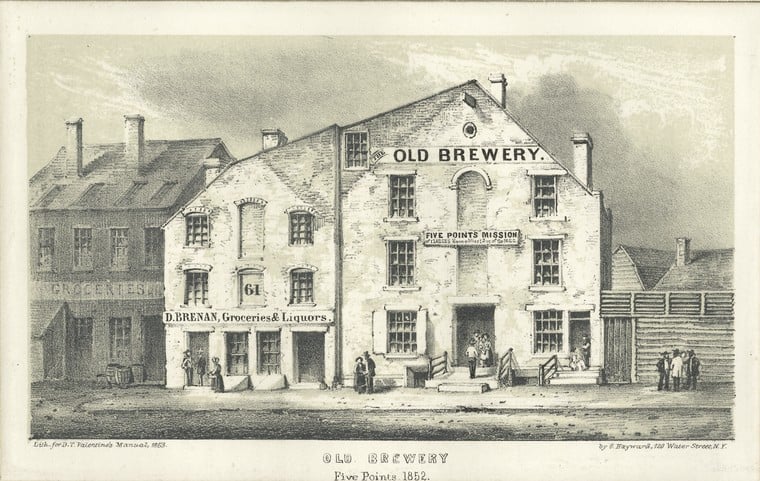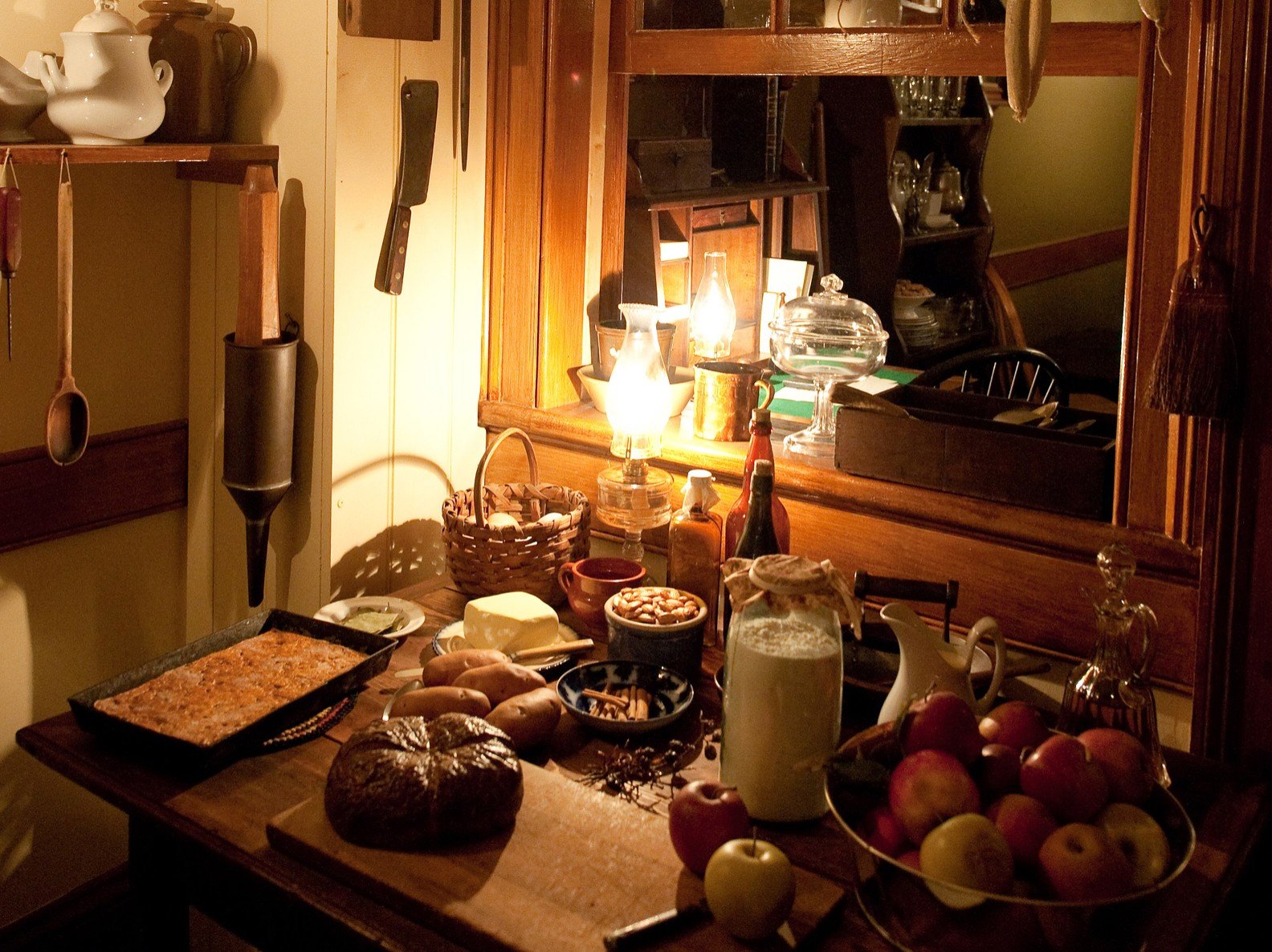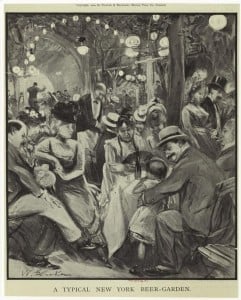Blog Archive
How the Germans Changed Beer in America
April 16, 2020
– When did Americans start drinking beer? What was it like?
Beer is reportedly the oldest recipe known to humankind, the earliest brewing instructions chiseled out by Sumerians around 5000 BC. So Americans have been drinking beer for as long as there have been Americans. They had it on the Mayflower, they had it when they signed the Declaration of Independence. As for its taste, I imagine it was a robust, dark, and not too cold. It wouldn’t be served warm, but it would be cellar temperature. These were Porters and ales and stouts: big meaty beers full of dark malts and ale yeasts. They were probably fairly high in alcohol, and you’d drink your beer out of a clay or metal mug. Every town in America would have its own distinct flavors, as the ingredients and recipes varied from region to region.
– German immigrants introduced lager to Americans. How different was this beer from what Americans were already drinking?
Totally different! There are tons of exceptions to every beer category. Some German beers are strong and made with ale yeast, some British beers are light and foamy. But. To make a big sweeping generalization, German Lager is lighter, bubblier, and lower alcohol than its scruffy English Ale cousin.
Ale is brewed with a top-fermenting yeast and it can ferment anywhere that’s not too hot, and you can throw a pumpkin or a sack of parsnips or whatever you like in there, and it’ll be a beer in a week or three. Hazy and boozy and hoppy. Maybe not the tastiest, but drinkable. It’s forgiving, is what I’m saying.
Lager (and this includes Pilsner, all pilsners are lagers but not vice versa) uses a bottom fermenting yeast. It has to ferment just above freezing. It is brewed according to the Reinheitsgebot, the Bavarian beer-purity law of 1516. It is specific and it is finicky! Lagering is not something that is done lackadaisically, no sir. It takes 6 weeks. The end product is clean, cold, and bubbly. It’s about 3% alcohol. You would want to drink it in a clear glass, so you can hold it to the light and admire its lovely golden effervescence.
The best comparison I’ve come up with is bread. Imagine that you’ve only had wheat and rye bread your entire life–dense loaves rolled in seeds and whatnot–and one day someone gives you a hunk of crusty French bread. Different colors, textures, and tastes.
– Why were German saloons so surprising and different to outsiders?
You weren’t there to get wasted. And, heaven forfend, there might be ladies drinking there with you! Families! Children nipping at a tankard of kinderbeer.
Sure, some of the German saloons catered to a manly aura of drunkenness, but a great many were peaceful family affairs, with music and singing and a free lunch. Compare this to a whiskey house or a groggery, or even some of the Irish saloons which didn’t allow women until the 1960s; this here was a new model. This was a cocktail party or a Sunday picnic rather than a frat party. Previously, the concept of hanging out with your family on a weekend, going to an amusement park or just having a nice brunch-like drink in the afternoon was unheard of in the United States. Thank you, Germans.
– Where did John and Caroline Schneider get the beer that they served?
NYC had an astounding 75 breweries by the 1870s. Brooklyn (represent!) had about 50 of those. John and Caroline both had family members who were in the saloon business, so I imagine they went to the same brewer as their kin had used, made an order, and had the beer delivered to them. Since there were so many breweries, they were all striving to produce the best possible product and the lowest possible price. Perhaps John and Caroline chose a brewery that represented their homes of Bavaria and Prussia, or perhaps they sought to appeal to their customers. Since Lucas Glockner, the landlord, was from Baden, maybe they made sure to get a Baden-style pils.

The Old Brewery in New York City’s Notorious Five Points Neighborhood c.1852; Image Courtesy New York Public Library
– How was John and Caroline Schneiders’ saloon different from those they left behind?
Well, he was from Bavaria and she was from Prussia, they came from totally different backgrounds. However, they’d both lived in New York City since their early teens, so they weren’t trying to recreate ‘home’. I think they were trying to create something entirely new. Sure, they were all speaking German, but the clientele was a hodgepodge of folks from all over the place. They’d be talking about home, sure, but they’d be talking about American politics, rent, love, and all the things we talk about when we talk at bars.
— Updated April 2020 by Jamie Salen
Posted by Nick Capodice and Kira Garcia

